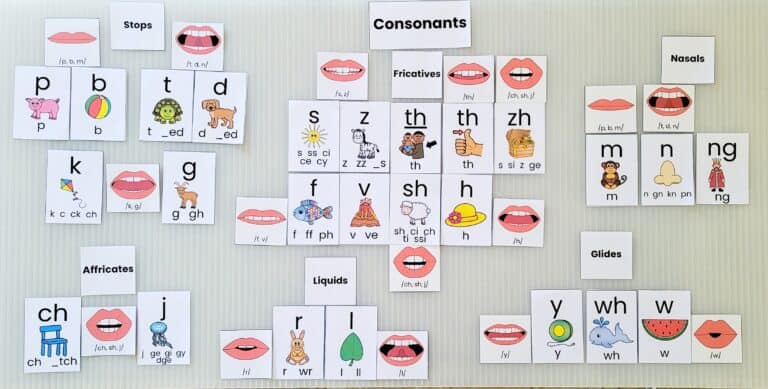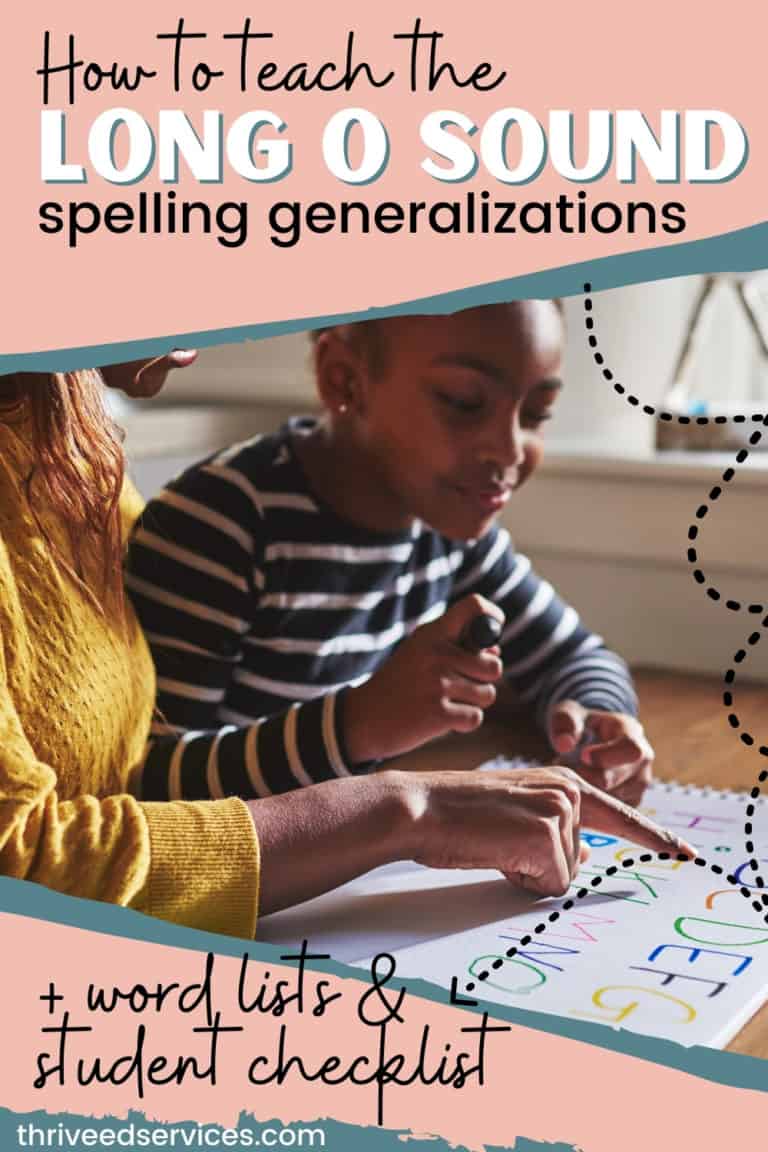Multisensory Strategies for B and D Reversal – Dyslexia Intervention for B and D Confusion
This post may contain affiliate links, and I will earn a commission if you purchase through these links. Please read the disclosure policy for more details.
If you work with students with reading difficulties, then you likely have students who struggle with b and d reversal or other letter reversals. I have learned several strategies in the last few years that have really helped my students overcome b and d confusion.
There are lots of worksheets on letter reversals but most are not effective because they are not multisensory. Remember that children who struggle with reading, especially dyslexics, NEED multisensory instruction because they are lacking in muscle memory and symbol imagery.
Now it doesn’t mean that students who write backward letters have dyslexia or a reading problem, because it is actually a common error young children make and eventually outgrow. But for some students it is pervasive and in those cases, this strategy will help them with mixed up letters, mirror letters, and reverse letters.
These strategies I’m going to share with you are Orton Gillingham and Lindamood-Bell based and have worked with every student I have used them with.
Join my list and get access to my vault of freebies, plus weekly emails with tips, new posts, and promotions!
*Most school spam filters block my emails, so please use a personal email.

Muscle memory for backwards letters
To develop muscle memory, the best thing you can do is have your student ALWAYS say the sound of the letter they are writing as they write it. I learned this method when I worked at a dyslexia school, as they were pioneers in dyslexia research. This method was drilled into me and I now continue to use it with my students. Every time they are writing, whether it’s a tracing worksheet, spelling words activity, or writing sentences, they always say as they write. You can easily add this in with any activity.
Other ways to develop muscle memory are using textured writing like salt trays or sandpaper, playdough mats, and whole body letter writing. Again, always say as you write even with these activities. Adding in the letter formation chant for the letter is also helpful.


Symbol imagery for letter reversals
Symbol imagery is the associating of a letter with the correct sound. The Lindamood-Bell Seeing Stars program is based on this concept and it is a very effective program. However, you don’t need to shell out thousands on this program as you can integrate this method into your everyday lessons regardless of the curriculum.
There are a few ways to develop symbol imagery:
Air writing and tracing are two easy methods and ones you might already be using. But there are a few things to consider for these methods to actually be effective. When air writing, the students must be looking at what they are writing, form the letters correctly, and say the sound as they write it. I often see students drawing huge letters in the air while looking at the teacher or the paper and that is not effective. The same goes for tracing. They must be looking at it and vocalizing the sound.
Another strategy is to show the student the letter, then take it away. Ask them to write the letter in the air and say the letter name and sound. Repeat this until they get it right. Then do the same with B and D CVC words. Removing the image is key for them to develop their symbol imagery.
You will see after spending some times correctly air writing from memory that students will make fewer letter reversals.
More practice for B & D reversal
If you’re looking for ready made multisensory activities to remediate b and d confusion, check out my B & D Activities for Reversals bundle. This set includes numerous multisensory activities, printables, songs, visual cue posters, mats, and games that I have created and used with my students in addition to the methods above. All these activities help develop muscle memory and symbol imagery for b and d. You can see a preview below and click the image for more info.


All these strategies can be used with any letters for students who reverse letters, write mirror letters, or generally mix up letters in reading and writing.
If you’re looking for more tips on teaching reading to struggling learners, check out these other posts:
- Why You Should Switch To A Sound Wall
- What is Multisensory Learning & How to Implement Multisensory Teaching
- My Secret Tip to Improve Reading Comprehension
- Reading Strategies for Struggling Readers – Elkonin Boxes
- Multisensory Strategies for B & D Reversals
- Multisensory Spelling Strategy
- Systematic Synthetic Phonics for Struggling Readers
Join my list and get access to my vault of freebies, plus weekly emails with tips, new posts, and promotions!
*Most school spam filters block my emails, so please use a personal email.

Want to remember this? Save Multisensory Strategies for B and D Reversal to your favorite Pinterest board!










I agree that multisensory is critical and lacking in most recommendations. I appreciate this!
Thanks for the feedback 🙂
What is the worksheet that the child is doing that is the short u page? Do you have a link for it? Thanks!
It’s a page from one of The Literacy Nest’s resources.